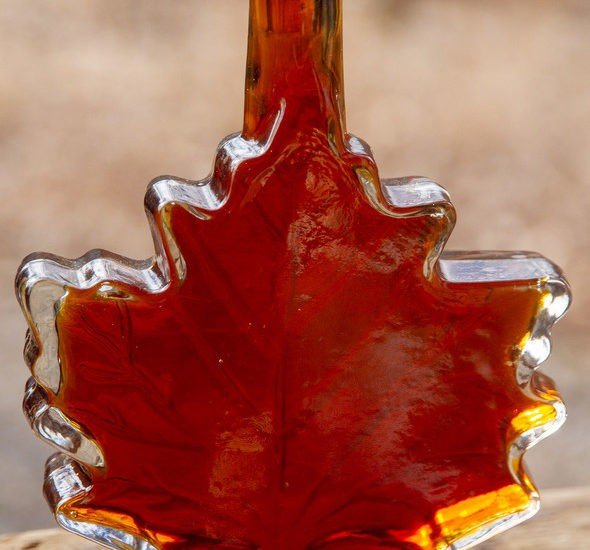
SAN FRANCISCO, January 16, 2019 /EINPresswire.com/ — San Francisco (EASI) – Eco-Asset Solutions and Innovations (EASI) confirmed today that ecological assets contribute an average of about $40,000 per acre in gross land value for mid-to-large sized farms and ranches in the Western region, according to William Coleman, EASI’s founder and CEO.
The company has just completed its 11th eco-asset value study in the past two years. “People are surprised to learn how much value lies in land-based ecological assets,” said Coleman. “They can’t imagine that that tens of thousands of dollars in per-acre value might have gone unseen for so long.”
About Eco-Assets
Ecological assets, eco-assets for short, include compensatory mitigation credits for protection of wetlands and streams, rare species and habitats, for prevention of nutrient runoff, and for forest and soil carbon sequestration. Eco-Assets have been around since the 1980s when wetland mitigation banking began. California first began conservation banking for rare species and habitats in the 1990s. Water quality or nutrient trading began in the 2000s with EPA-approved programs in the eastern U.S. Carbon sequestration was also initiated by EPA in the same time frame.
EASI’s specialty is in understanding and advancing the market for land-based eco-assets including those in watersheds. Based on their 2018 assessment of government approved mitigation banks, landowners currently hold more than $200 billion in mitigation credit assets coast to coast. The annual transaction value for mitigation credits is between $1.5 and $2 billion based on more than a thousand mitigation credit value records EASI has gathered as part of its project work.
Leaving Money on the Table
The eleven studies were conducted in California, Montana, Oregon and Washington where an average of $40,000 in potential added value was found to be tied to a property’s ecological features. This potential value could be developed as parallel income alongside grazing, selective timber harvest, hunting and fishing as well as other land uses that are compatible with mitigation bank operations.
“Eleven studies doesn’t sound like a lot, given the large number of farms and ranches in the West,” Coleman said. “But the pattern has been consistent. We’ve learned that landowners need to take another look at current use options and market value of the acres they own. Otherwise they may be leaving serious money on the table.”
Three Eco-Asset Value Drivers
According to Coleman farms and ranches are often undervalued because landowners don’t think to include ecological assets in highest and best use determinations. “Eco-assets can boost farm and ranch revenues. They can increase land appraisal value. And they can shorten the land sales cycle when undeveloped eco-assets are included in the deal. That means three land value drivers can be linked to ecological assets. Although USDA and Department of Interior have been promoting these markets for years, the agencies don’t communicate in business terms to farmers and ranchers. Land appraisers haven’t been trained up in this area either. This leaves most landowners in the dark about the value of eco-assets fixed to their land.”
Tangible or Intangible Assets?
Mitigation credits are considered intangible property because they are indirect representations of natural resource value. But they capture a kind of value that is anchored to the land like other tangible natural resources. “One credit at a time, acres are dedicated as compensation to mitigate or offset development impacts to watersheds and ecosystems. The credits are mined from the mitigation bank, used up, just as if you were removing an extractable resource. That’s why we compare them to minerals or oil and gas,” Coleman said.
Eco-Asset ROI
Just like any projected mining activity, the gross market value of mitigation credits has to be compared against the cost of mitigation bank development and operation. This leads to an overall net project value, or return on investment for a potential mitigation bank. “Mitigation banking is a fully-fledged business niche and should be treated as such, approached with the same consideration for risk and reward.” Coleman explained. “We are seeing an average ROI of about three to one in these Western states. But ROI varies according to the complexity of the mitigation bank and its location relative to mitigation credit demand.”
Certain regions of the country have seen the demand for mitigation credits skyrocket. California, with its strong economy and concern for protecting environmental quality, leads the country in terms of the number and diversity of mitigation banks. “But projects in Oregon and Washington have shown that the mitigation banking business there seems to have a very strong future.”
As for the future of the industry as a whole? Coleman is seeing it quickly mature. “The Southeast region carries the highest density of mitigation banking activity,” he said. “The Ohio Basin and upper Midwest too. Those areas may be market saturated. But we think there are developing markets, especially in Pennsylvania and Texas but also in the Breadbasket states and in Colorado.”
Then he added this afterthought. “Don’t forget about New Mexico. The climate may be quickly changing in the desert Southwest. More precipitation. That would lead to more land development and more compensatory mitigation banks as a result. Investors may want to take note.”
For more information about EASI project results, products and services go to easillc.com, or write to info@easillc.com.

